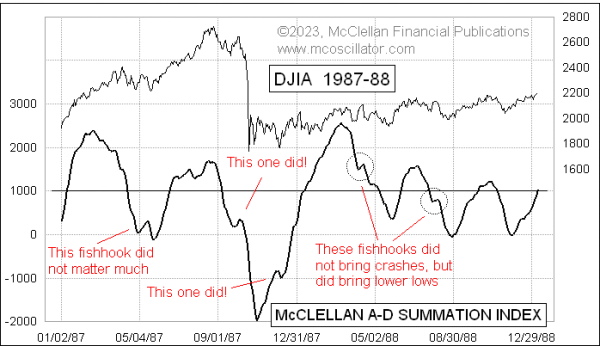We cannot talk about the financial markets in the 1980s without mentioning one of the most famous financial bubbles that occurred as a result of the 1987 crash. It has been 33 years since this crash, and despite the many changes that have occurred in the market in the meantime, it is still possible to draw parallels and valuable lessons from the experience of the 1987 market, as well as from the events that led up to it. Revisiting 1987’s stock market and the various factors, policies, and behaviors that led to it provides us with an opportunity to gain insight into how financial markets and investors have changed since then.
The events of October 1987—dubbed “Black Monday”— saw the largest single-day drop in the US stock market with the Dow Jones Industrial Average closing down nearly 23%. Global markets followed suit, with the Tokyo Stock Exchange losing 20% of its value that day and the Hong Kong Exchange falling by 12%. It was these incredible losses, as well as the losses that followed in subsequent weeks, that led people to call it the worst bear market since the Great Depression.
Now, when we look back and try to analyze what caused this crash, it’s clear that there were a few major factors at play. The excesses that occurred in the financial markets in the mid-1980s—such as leveraged buyouts and rapid takeover activity—made many investors uneasy and turned the equity market volatile. This uncertainty led to a spike in sell orders as investors rushed to sell stocks in hopes of holding on to their investment capital.
Additionally, the decrease in liquidity and the rise in margin debt just before the crash resulted in many investors being “locked in” their positions, unable to exit the sale due to the lack of market liquidity. Finally, the computerized trading system called the “portfolio insurance”, which triggered a rapid sell-off when stocks fell below a certain level, further exacerbated the losses on that fateful day.
Although the 1987 crash made a huge impression, and its lessons remain relevant today, the symbolism and underlying implications of the crash in the late 80s have been largely forgotten. It was a time of great innovation and change in financial markets, and the crash gave us a glimpse into the potential impact of these changes. While it’s true that the stock markets have since recovered and the system as a whole has become more stable, we shouldn’t let this obscure the important lessons to be gained from consideration of the factors that combined to create the events of 1987.






























